Nori Porcine cTnI ELISA Kit
$461.00 – $832.00
This ELISA kit is for quantification of cTnI in pig. This is a quick ELISA assay that reduces time to 50% compared to the conventional method, and the entire assay only takes 3 hours. This assay employs the quantitative sandwich enzyme immunoassay technique and uses biotin-streptavidin chemistry to improve the performance of the assays. An antibody specific for cTnI has been pre-coated onto a microplate. Standards and samples are pipetted into the wells and any cTnI present is bound by the immobilized antibody. After washing away any unbound substances, a detection antibody specific for cTnI is added to the wells. Following wash to remove any unbound antibody reagent, a detection reagent is added. After intensive wash a substrate solution is added to the wells and color develops in proportion to the amount of cTnI bound in the initial step. The color development is stopped, and the intensity of the color is measured.
Alternative names for cTnI: Cardiac troponin I, TNNI3, TNNC1
This product is for Laboratory Research Use Only not for diagnostic and therapeutic purposes or any other purposes.
- Description
- How Elisa Works
- Product Citation (0)
- Reviews (0)
Description
Nori Porcine cTnI ELISA Kit Summary
Alternative names for cTnI: Cardiac troponin I, TNNI3, TNNC1
Alternative names for porcine: pig, swine,
| Assay Type | Solid Phase Sandwich ELISA |
| Format | 96-well Microplate or 96-Well Strip Microplate |
| Method of Detection | Colorimetric |
| Number of Targets Detected | 1 |
| Target Antigen Accession Number | A0A5G2QJI6 |
| Assay Length | 3 hours |
| Quantitative/Semiquantitative | Quantitative |
| Sample Type | Plasma, Serum, Cell Culture, Urine, Cell/Tissue Lysates, Synovial Fluid, BAL, |
| Recommended Sample Dilution (Plasma/Serum) | No dilution for sample <ULOQ; sufficient dilution for samples >ULOQ |
| Sensitivity | 150 pg/mL |
| Detection Range | 0.781-50 ng/mL |
| Specificity | Porcine cTnI |
| Cross-Reactivity | < 0.5% cross-reactivity observed with available related molecules, < 50% cross-species reactivity observed with species tested. |
| Interference | No significant interference observed with available related molecules |
| Storage/Stability | 4 ºC for up to 6 months |
| Usage | For Laboratory Research Use Only. Not for diagnostic or therapeutic use. |
| Additional Notes | The kit allows for use in multiple experiments. |
Standard Curve
Kit Components
1. Pre-coated 96-well Microplate
2. Biotinylated Detection Antibody
3. Streptavidin-HRP Conjugate
4. Lyophilized Standards
5. TMB One-Step Substrate
6. Stop Solution
7. 20 x PBS
8. Assay Buffer
Other Materials Required but not Provided:
1. Microplate Reader capable of measuring absorption at 450 nm
2. Log-log graph paper or computer and software for ELISA data analysis
3. Precision pipettes (1-1000 µl)
4. Multi-channel pipettes (300 µl)
5. Distilled or deionized water
Protocol Outline
1. Prepare all reagents, samples and standards as instructed in the datasheet.
2. Add 100 µl of Standard or samples to each well and incubate 1 h at RT.
3. Add 100 µl of Working Detection Antibody to each well and incubate 1 h at RT.
4. Add 100 µl of Working Streptavidin-HRP to each well and incubate 20 min at RT.
5. Add 100 µl of Substrate to each well and incubate 5-30 min at RT.
6. Add 50 µl of Stop Solution to each well and read at 450 nm immediately.
Background:
Troponin is a complex of three regulatory proteins (troponin C, troponin I, and troponin T) that is integral to muscle contraction in skeletal muscle and cardiac muscle, but not smooth muscle. Cardiac Troponin I (cTnI) is a protein that in humans is encoded by the TNNI3 gene.[1] It is a tissue-specific subtype of troponin I. It has been shown to interact with PKD2L1,[2] Troponin C type 1[3] and Polycystic kidney disease 2.[4] An increased level of cTnI in the blood has been shown to be a biomarker of heart disorders, the most important of which is myocardial infarction (MI). Raised troponin levels indicate cardiac muscle cell death as the enzyme is released into the blood upon injury to the heart. It is measured in the blood to differentiate between unstable angina and MI (heart attack) in people with chest pain or acute coronary syndrome. A person who had had a MI would have an area of damaged heart muscle and so would have elevated cardiac troponin levels in the blood.[5] This can also occur in people with coronary vasospasm, a type of MI involving severe constriction of the cardiac blood vessels. After a MI cTnI may remain high for up to 2 weeks.[6] It is important to note that cTnI is a marker of all heart muscle damage, not just myocardial infarction, which is the most severe form of heart disorder. However, diagnostic criteria for raised troponin indicating MI is currently set by the WHO at a threshold of 2 ug or higher. CTnI is also increased in patients with heart failure, where it also predicts mortality and ventricular rhythm abnormalities. They can rise in inflammatory conditions such as myocarditis and pericarditis with heart muscle involvement (myopericarditis). cTnI can also indicate several forms of cardiomyopathy. In a community-based cohort study indicating the importance of silent cardiac damage, troponin I has been shown to predict mortality and first coronary heart disease event in men free from cardiovascular disease at baseline.[7]
References
- Kimura A, et al. (1997). Nat Genet 16 (4): 379–82.
- Li Q, et al. (2003). Biochemistry (United States) 42 (24): 7618–25.
- Ward, DG, et al. (2004). Biochemistry (United States) 43 (13): 4020–7.
- Li, Qiang; et al. (2003). Biochemistry (United States) 42 (2): 450–7.
- Antman EM, et al. (1996). Engl. J. Med. 335 (18): 1342–9.
- Amsterdam, E. A.; et al. (2014). Circulation 130: e344–e426.
- Zethelius B, et al. (2006). Circulation 113 (8): 1071–8.
Be the first to review “Nori Porcine cTnI ELISA Kit”
You must be logged in to post a review.



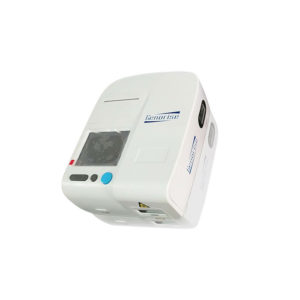
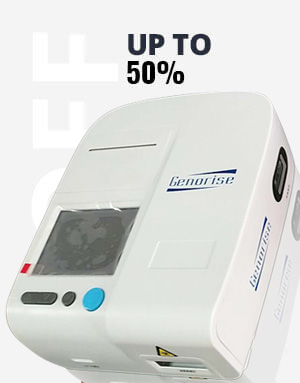


















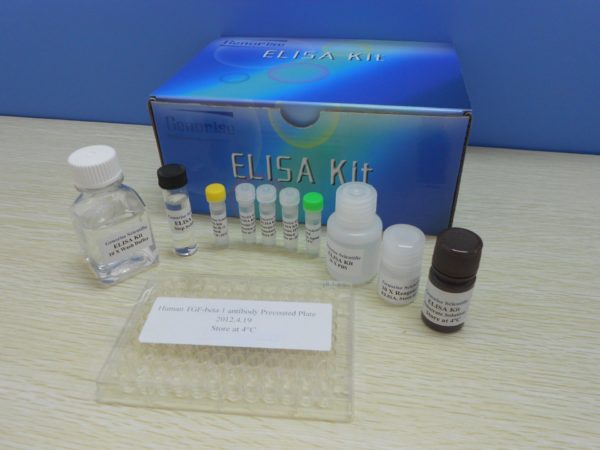
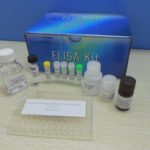
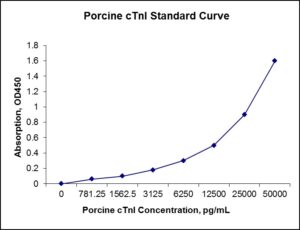
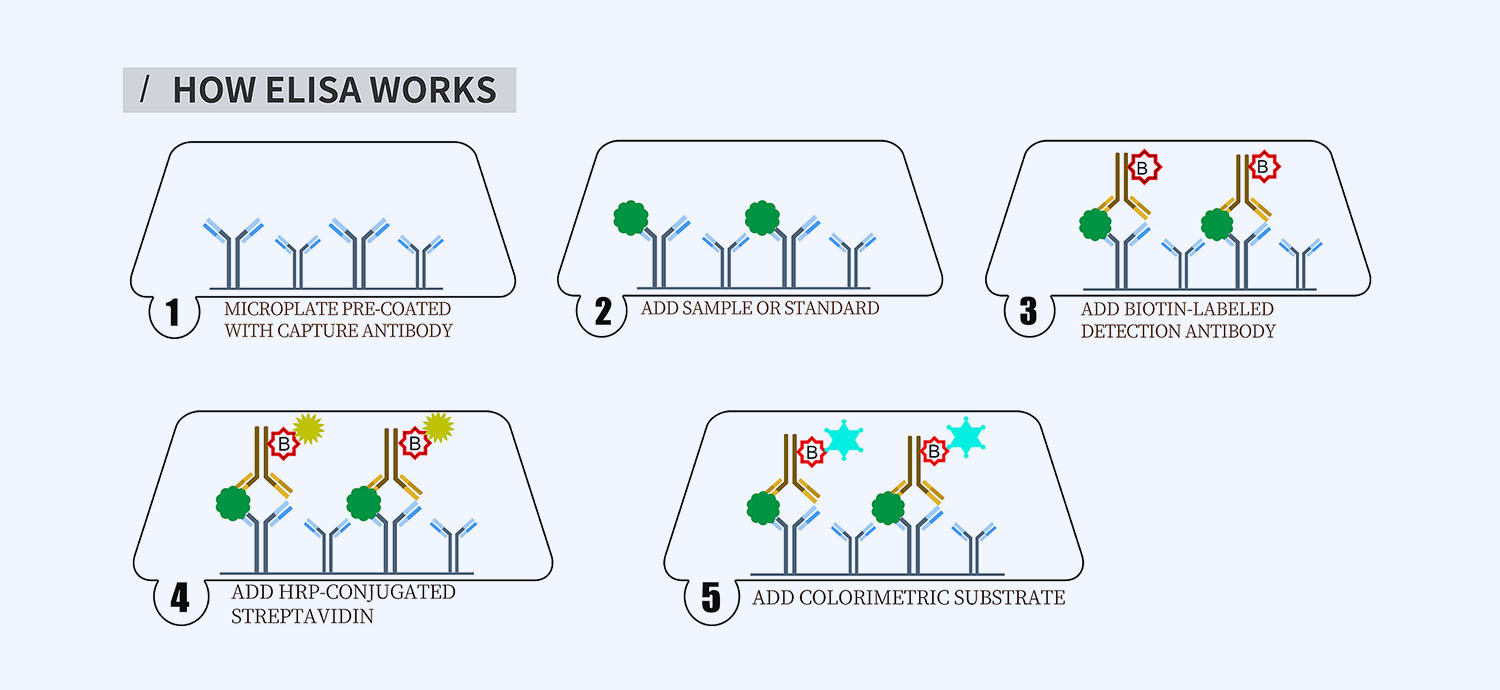
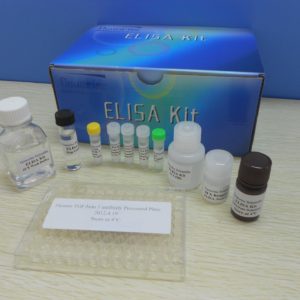
Reviews
There are no reviews yet.